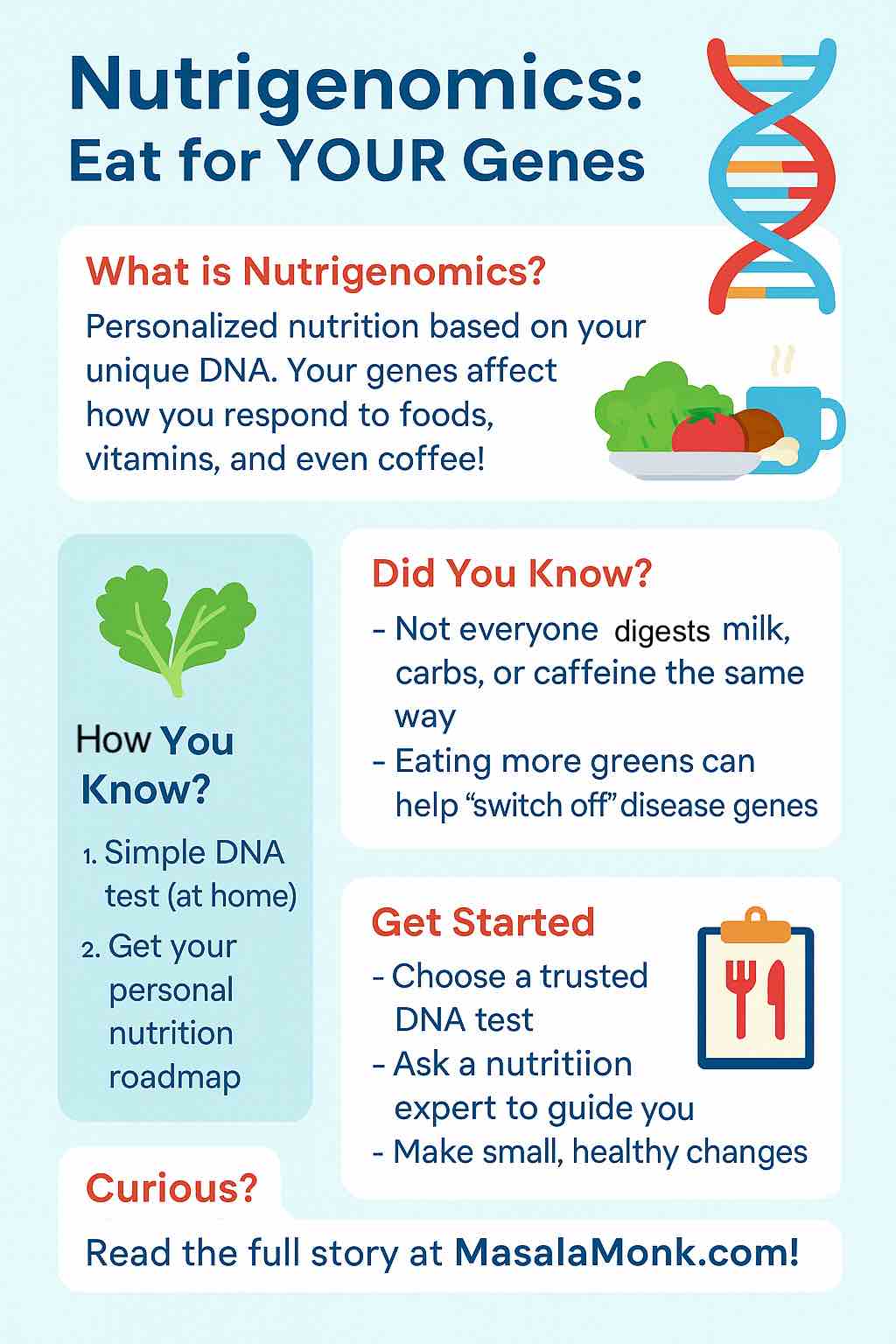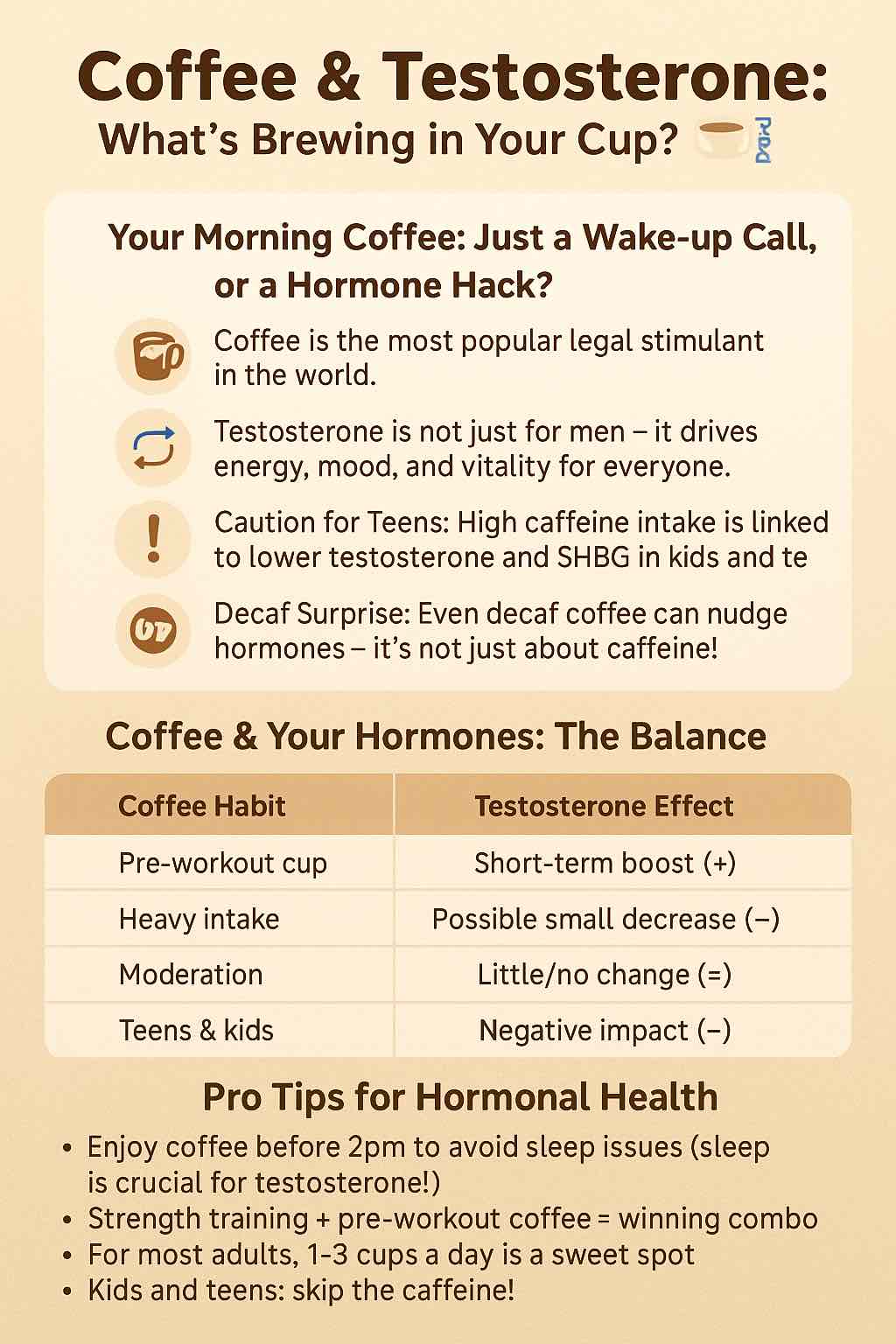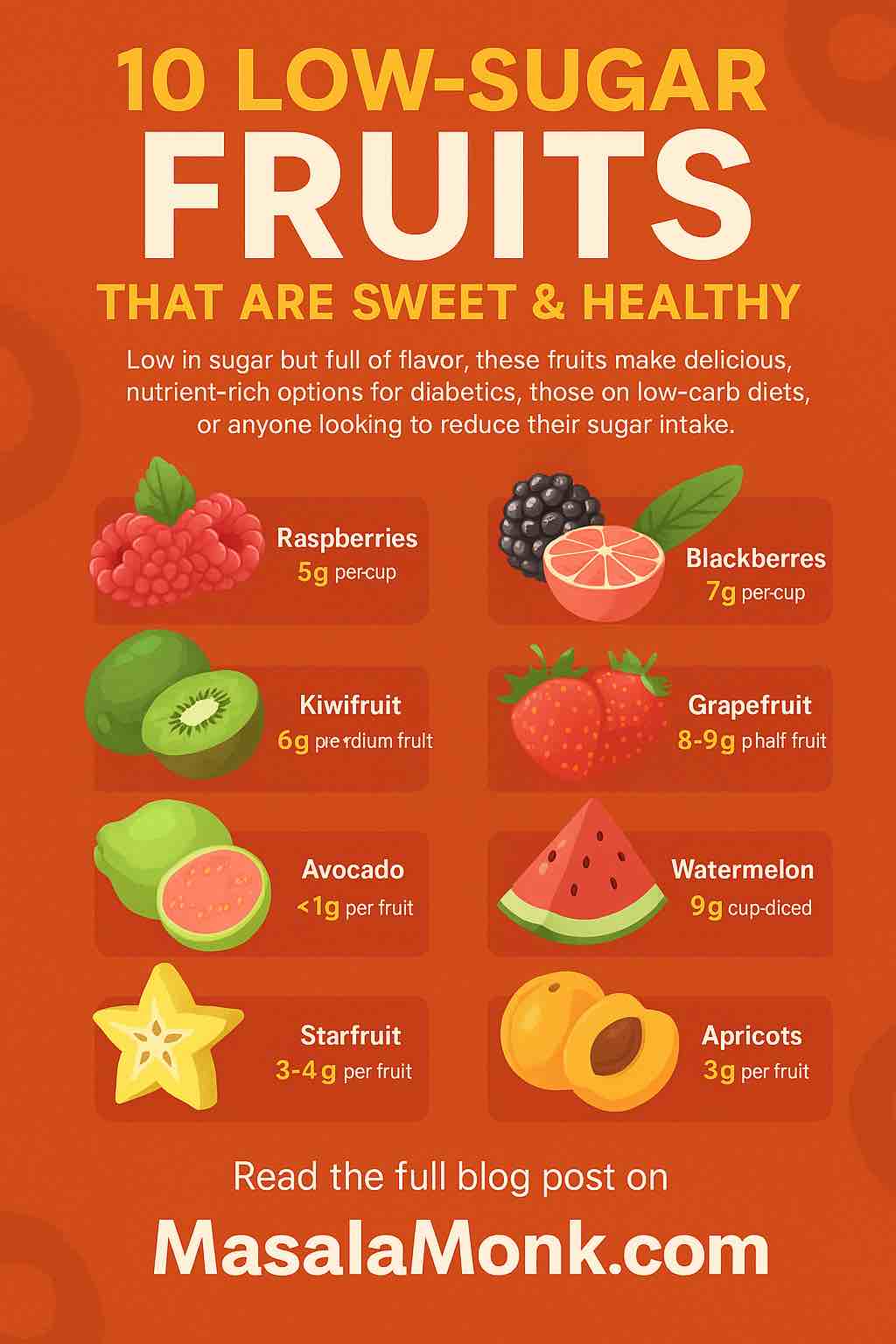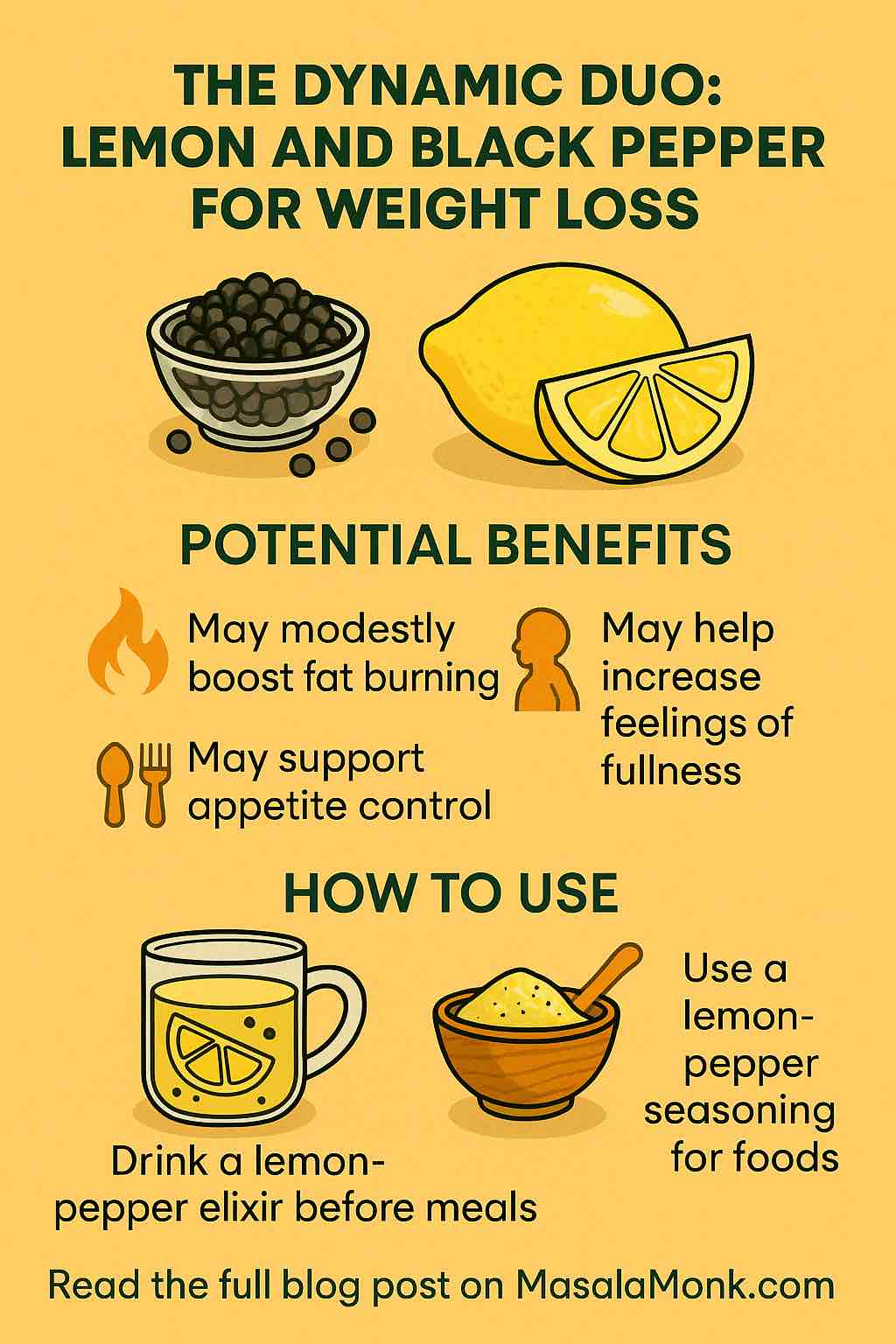
Imagine walking into your kitchen and knowing exactly which foods will help you feel your best, stay healthy, and avoid disease—because your choices are tailored not by the latest fad diet, but by your DNA. This isn’t science fiction. Thanks to the field of nutrigenomics, it’s an emerging reality that’s reshaping how we think about nutrition and health.
What is Nutrigenomics? Unlocking the Code
Nutrigenomics sits at the crossroads of genetics and nutrition. It explores how your genes interact with nutrients and how the foods you eat can influence the activity of your genes. Think of it as a feedback loop: Your DNA impacts how you metabolize and respond to food, while nutrients can “turn on” or “turn off” certain genes that affect health.
The aim of nutrigenomics is simple yet profound—move away from generic dietary advice and create nutrition plans as unique as your genetic code. Instead of “eat less sugar” or “go low carb,” it’s “here’s what you need based on your DNA.”
Why “One Size Fits All” Diets So Often Fail
If you’ve ever tried a popular diet and wondered why it worked wonders for your coworker but left you feeling sluggish, hungry, or even sick, you’re not alone. Nutrition advice often falls short because it ignores our biological individuality. Here’s why:
- Genetic Variation: Even small changes in your genes (single nucleotide polymorphisms, or SNPs) can dramatically affect how your body processes macronutrients like carbs, fats, and proteins.
- Enzyme Production: Some people make more or less of certain enzymes—meaning they can tolerate or need different foods.
- Risk Profiles: You might be more prone to inflammation, high cholesterol, or blood sugar swings—all influenced by your genetic blueprint.
Recent research powered by AI and big data confirms what many suspected: there is no perfect universal diet. What’s optimal for one person may be suboptimal or even harmful for another.
The Science: Genes, Nutrients, and Their Complex Dance
Let’s break down how your DNA and food talk to each other.
Genes Affecting Nutrient Metabolism
- Caffeine (CYP1A2 Gene): Your ability to process caffeine quickly or slowly is largely determined by the CYP1A2 gene. Fast metabolizers can handle more coffee with fewer health risks. Slow metabolizers may see their blood pressure spike after a cup or two and face higher heart disease risk if they overdo it.
- Lactose (LCT Gene): Those with a working LCT gene continue producing lactase and can enjoy dairy into adulthood. Others lose this ability, resulting in gas, bloating, and discomfort after milk.
- Folate (MTHFR Gene): Variants here can mean your body doesn’t convert folic acid into its active form efficiently, making you more vulnerable to high homocysteine (linked to heart disease) unless you get enough methylfolate from food or supplements.
- Obesity and Fat Storage (FTO, APOA2, PPARG): These genes influence how your body stores fat and how you respond to saturated versus unsaturated fats.
Nutrients Influencing Gene Expression (Epigenetics)
The foods you eat don’t just fuel your body—they can act as signals to your genes. Through epigenetic mechanisms like DNA methylation and histone modification, nutrients can “turn on” or “turn off” genes. For instance:
- Cruciferous vegetables (broccoli, kale) can activate tumor suppressor genes.
- Polyphenols in berries, tea, and dark chocolate have anti-inflammatory gene effects.
- Folate, choline, and B vitamins are vital for proper methylation, a process that keeps your gene expression in balance.
Real-Life Scenarios: How Genes Shape the Plate
Let’s see how all this plays out in real life:
Sarah and the Case of the Morning Jitters
Sarah always felt anxious and jittery after just one cup of coffee, while her partner could drink espresso all day and sleep soundly. A DNA test revealed she was a slow caffeine metabolizer due to her CYP1A2 gene. Armed with this knowledge, she switched to herbal teas—and her anxiety and heart palpitations vanished.
Michael and the Never-Ending Diet Struggle
Michael struggled with his weight despite trying every trendy diet. His genetic analysis showed he had an FTO variant linked to higher obesity risk, but also that he responded better to diets lower in saturated fat and higher in protein and complex carbs. With a tailored meal plan, he finally began losing weight—and keeping it off.
Priya’s Energy Slump
Priya often felt tired, even though she ate a healthy diet. Genetic testing showed she had two variants in the MTHFR gene. By increasing foods rich in methylfolate (spinach, lentils) and supplementing with the active form of folate, her energy improved, and her blood tests normalized.
Lactose Woes for Mark
Mark couldn’t enjoy pizza or ice cream without stomach issues. His LCT gene confirmed lactose intolerance. Switching to lactose-free dairy alternatives ended his digestive troubles.
Practical Applications: Bringing Nutrigenomics Into Your Life
How can you use these insights in your day-to-day routine?
1. Personalized Meal Planning
Instead of relying on generic apps, use gene-based recommendations to plan meals that:
- Suit your metabolism (e.g., high protein if you process carbs poorly)
- Match your vitamin and mineral needs (e.g., extra B12 if you’re at risk for deficiency)
- Reduce food intolerances (e.g., lactose or gluten-free based on your genes)
Many AI-driven meal planning tools now factor in genetic, microbiome, and metabolic data for highly accurate guidance.
2. Smart Supplementation
No more “kitchen sink” supplement strategies. Use genetic insights to target your actual needs:
- MTHFR: Take methylfolate instead of folic acid.
- VDR (Vitamin D Receptor gene): If your variant reduces absorption, you may need a higher or more frequent dose, or more sun exposure.
- GSTT1: Poor detox genes? Focus on cruciferous vegetables and sulforaphane.
3. Fitness Optimization
- ACTN3 gene influences fast-twitch muscle fibers: Are you built for endurance or sprinting? This can shape your exercise strategy.
- Recovery genes affect how you bounce back after workouts—tailoring rest and nutrition can maximize your progress.
4. Disease Prevention
By identifying higher risks early (for diabetes, cardiovascular disease, celiac disease, or even some cancers), you can:
- Adjust your eating patterns to reduce risk
- Schedule more frequent screenings
- Start lifestyle interventions before symptoms appear
5. Food Sensitivities and Allergies
Genetic markers can predict intolerances, helping you avoid years of guesswork and discomfort.
The Cutting Edge: Latest Research and What’s Coming
Nutrigenomics isn’t standing still—it’s advancing rapidly. Here’s what’s new in 2025:
AI-Driven Dietary Guidance
- Recent studies have shown that AI-powered apps can synthesize your genetic, microbiome, and continuous glucose monitoring data to predict your blood sugar spikes before they happen—and suggest real-time food swaps.
- In a recent clinical trial, participants using these AI-based plans stayed closer to their target calorie and nutrient ranges, improved blood sugar control, and even altered their gut microbiome in a positive direction.
Multi-Omics: Beyond Genes
- Scientists now integrate genomics, transcriptomics, metabolomics, and even proteomics. This layered view means more precise insights into how your body reacts to everything from kimchi to quinoa.
- Multi-omics research has revealed, for example, how a gene-diet interaction can slow biological aging, alter brain health, and modify disease risk at a molecular level.
Epigenetics: Changing Gene Expression Through Food
Perhaps most exciting: research into nutritional epigenetics (sometimes called nutriepigenomics) shows that your genes aren’t your fate.
- A mother’s diet before and during pregnancy can impact her child’s genes for a lifetime.
- Adults, too, can “reprogram” gene expression by eating more (or less) of certain foods, such as cruciferous vegetables, polyphenol-rich berries, or omega-3 fatty acids.
Clinical Mainstreaming
- More doctors and registered dietitians are adopting nutrigenomic tools in practice.
- Professional societies are working to standardize test quality, privacy, and interpretation guidelines.
Market Momentum
- The nutrigenomics market is booming, with forecasts of triple-digit growth over the next decade.
- Consumer interest is driving innovation in at-home DNA kits, AI-based meal planners, and personalized supplement subscriptions.
How to Get Started With Nutrigenomics
If you’re intrigued, here’s a step-by-step approach to applying nutrigenomics in your own life.
Step 1: Decide What You Want to Learn
- Are you seeking to optimize athletic performance?
- Struggling with weight management?
- Curious about your risk for chronic diseases?
- Wanting to finally resolve digestive issues?
Your goals will guide which genetic tests and reports are most relevant.
Step 2: Choose a Testing Provider
Select a reputable company. Look for:
- Transparent science behind their reports
- Clear privacy policies
- Range of traits covered (metabolism, intolerances, vitamin needs, fitness, etc.)
- Access to professional support (registered dietitians or genetic counselors)
Home saliva kits are convenient and widely available.
Step 3: Review Your Results With a Pro
A skilled nutritionist, dietitian, or healthcare provider with genetics training can help interpret your results, weed out “noise,” and translate findings into a sustainable plan. Beware of overpromised quick fixes or “miracle” cures.
Step 4: Make Small, Sustainable Changes
- Adjust your diet based on what you learn—try new foods, avoid others, or tweak meal timing.
- Track how you feel. Your body’s feedback is as important as your genetic data.
- Periodically reassess and adapt; your needs may change over time.
Step 5: Keep Context in Mind
Remember: your genes are only part of the story. Environment, exercise, stress, sleep, and social factors all play huge roles. Nutrigenomics is a powerful tool, but not a crystal ball.
Limitations and Ethical Considerations
It’s important to approach nutrigenomics with excitement, but also with realism:
- Scientific Complexity: Many gene-diet links are well-established, but others are still emerging. Large-scale studies are ongoing.
- Privacy and Security: Your DNA data is sensitive. Read company policies carefully and opt out of data-sharing if you’re concerned.
- Cost: Some tests and follow-ups can be expensive and aren’t always covered by insurance.
- Interpretation: Without professional help, it’s easy to over-interpret (or under-value) what your results mean. Use them as a guide—not a prescription.
The Future: Your Genes, Your Diet, Your Health
Nutrigenomics is more than a trend—it’s the future of health. We’re moving rapidly from generic nutrition guidelines to precision nutrition where your DNA, lifestyle, and goals all work together.
- No more one-size-fits-all. The future is “one-size-fits-you.”
- Diets will become as personalized as your Netflix recommendations.
- By embracing nutrigenomics, you empower yourself to make informed, targeted choices—whether you want more energy, a healthier heart, better weight control, or simply to feel your best.
Final Thoughts: Your Journey Starts Now
There’s never been a better time to start learning about the role your genes play in your health and well-being. The science is still evolving, but the foundation is solid: you are unique, and your nutrition can—and should—reflect that.
So, are you ready to unlock the power of your DNA for better health?
Ask questions, stay curious, work with experts, and remember: your genes are the beginning of your story, not the end.
Frequently Asked Questions (FAQs)
1. What exactly is nutrigenomics?
Nutrigenomics is the study of how your genes interact with the foods you eat, influencing everything from nutrient absorption to disease risk. It uses genetic insights to personalize nutrition for better health outcomes.
2. Is nutrigenomics testing safe and accurate?
Yes, most commercially available tests use non-invasive saliva swabs and are safe. While many gene-diet links are well established, interpretation should be done with the help of a qualified nutrition or healthcare professional for accuracy.
3. Can nutrigenomics help with weight loss?
Yes, by revealing how your body processes different nutrients and fats, nutrigenomics can help design a weight loss plan tailored to your unique genetic profile, increasing your chances of long-term success.
4. Do I need a doctor or dietitian to interpret my results?
It’s strongly recommended. While consumer tests provide raw data and general guidance, a dietitian or healthcare provider with genetics training can help translate your results into actionable steps and avoid misinterpretation.
5. Will a nutrigenomics test tell me if I’ll get a disease?
No. These tests reveal genetic tendencies or risk factors, not definitive predictions. Diet, lifestyle, and environment are equally important for your long-term health.
6. What if two family members have very different recommendations?
This is common! Even siblings can inherit different combinations of genes, so personalized advice may vary significantly, reflecting each person’s unique DNA.
7. How often should I update my nutrigenomics-based plan?
Genetic information doesn’t change, but your health goals, age, lifestyle, and environment do. It’s wise to review your plan with a professional every 1–2 years or after major life changes.
8. Can nutrigenomics help with food intolerances or allergies?
It can identify genetic risk factors for some intolerances (like lactose intolerance or celiac risk), but allergies often require additional medical testing and diagnosis.
9. Is my DNA data kept private?
Reputable companies have strong privacy policies, but always review their terms before submitting your sample. You can usually opt out of data sharing for research or marketing.
10. What’s the biggest limitation of nutrigenomics right now?
While science is advancing quickly, not all gene-diet relationships are fully understood or actionable. Nutrigenomics is a powerful tool, but should be combined with other healthy habits and regular medical care.














